In the safety world, training can often feels like a forced choice: Do we go digital for scale and consistency, or stay in-person for hands-on skill building?
But the truth is, while they may start one-sided, the most effective training programs don’t pick a side at all; they combine both, and a modern LMS makes that blend far easier (and more impactful) than most teams realize.
Digital modules prepare workers with the knowledge they need. Hands-on sessions turn that knowledge into safe, repeatable execution. And an LMS ties the two together so nothing falls through the cracks.
And for operations managers who are under constant pressure for a faster onboarding and better safety outcomes, all while reducing waste; a blended approach can be the much needed practical path forward.
Why “Digital Only” or “Hands-On Only” Isn’t Enough
It’s no secret that both types of training come with their own limitations. Blended learning attempts to cover up the shortcomings of the other’s limitations, and this is what allows the real gains happen; especially when safety, compliance, and productivity are on the line.
Hands-On Only
- Hard to schedule, especially across multiple crews or locations
- Inconsistent delivery from trainer to trainer
- Expensive when workers have to be pulled off the job
- No reliable audit trail of what was taught (or who completed it)
Digital Only
- Great for knowledge, but not for applied skill
- Workers may pass a quiz but still perform a task incorrectly in the field
- Harder to practice judgment-based or physical tasks without live coaching
What Blended Training Actually Looks Like in the Field
An excess of cutting corners has twisted the meaning of “blended learning” into a drone of online busywork, performed in a classroom. But when implemented correctly, blended learning, especially for field-based work, it looks and functions very different:
- A short digital module introduces a task or safety protocol
- A crew member demonstrates it on the jobsite
- A supervisor coaches and signs off
- The LMS records everything for completion, compliance, and future refresher cycles
It’s not about replacing existing training – blended learning is about sequencing training, standardizing it, and making sure every worker shows up prepared before they touch equipment or tools.
How an LMS Makes Blended Training Work
Here’s where the LMS shifts from “nice-to-have” to “operational advantage.”
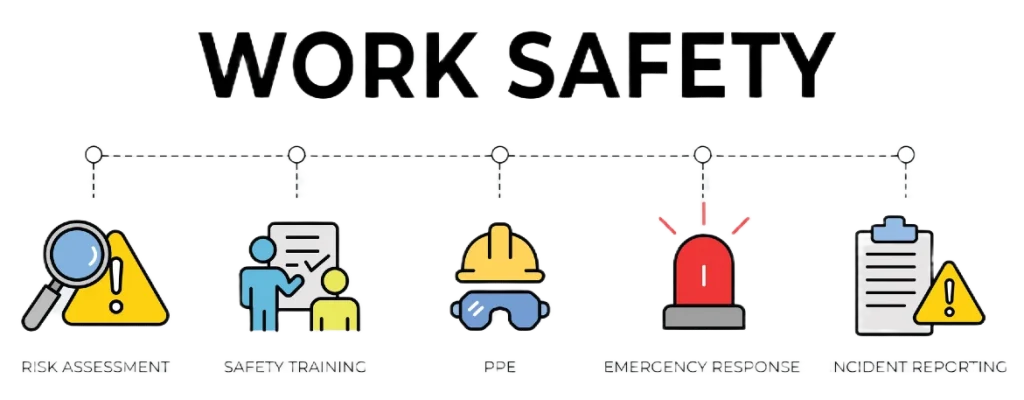
1. Create a Consistent Baseline Before Hands-On Training
Workers can complete short digital modules ahead of time; depending on your operation, this might be on their phone, during downtime, or before arriving onsite.
Getting the baseline done digitally means in-person training doesn’t have to start from scratch. This lets you make the most use of your trainers, so they spend less time explaining and more time demonstrating.
2. Track Every Step
Leveraging an LMS keeps all your workers’ certificates in the same place as your digital modules, quizzes, and live evaluations. If they all feed into the same system, why store them all over the place?
Supervisors can log:
- Demonstrations
- Observed competencies
- Skill checklists
- Field sign-offs
That gives ops leaders a tangible audit trail, so compliance can checked one place for all confirmations.
3. Build Role-Based Learning Paths That Mirror Real Workflows
With an LMS, you can sequence digital learning → hands-on training → evaluation → periodic refreshers.
And for each job role, that path becomes repeatable, scalable, and compliant.
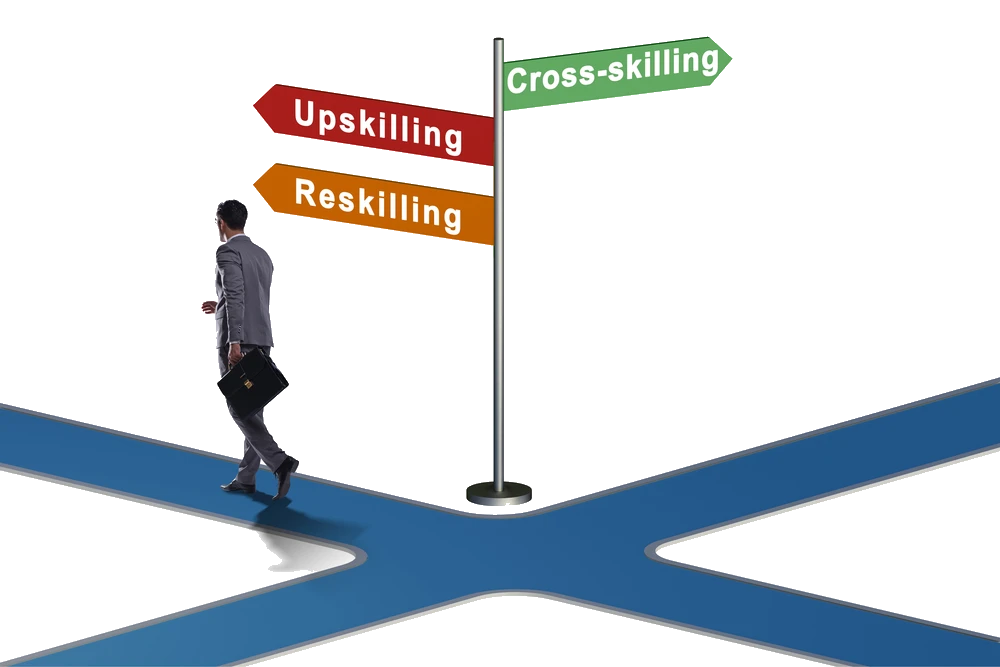
4. Support “Just-in-Time” Learning in the Field
Just-in-time learning is the idea of delivering short, targeted training at the exact moment a worker needs it, usually right before performing a task. This is designed to reinforce critical steps, reduces mistakes, and keep information fresh.

With it, workers can quickly review:
- Task steps
- PPE requirements
- Safety checks
- Equipment procedures
…from a mobile device moments before performing the job.
These quick lessons help reinforce safety, and reduce preventable mistakes.
5. Identify Gaps You’d Never See Otherwise
An overlooked aspect of ‘the reporting’ everyone asks for from their LMS isn’t just completes/not-completes. By housing it digitally, supervisors can compare completion data, quiz scores, and hands-on evaluations. This gives them the ability to quickly:
- Analyze who needs coaching
- Identify which crews struggle with specific steps
- Adjust training before accidents happen
Reading into the reports compiled through blended learning can signal early warnings, letting you identify potential weak spots before a compliance officer does.
The Real-World Benefits of Blending Digital and Hands-On
Faster Onboarding
New hires show up to hands-on sessions already familiar with the task.
Trainers focus on skill building rather than lecture time.
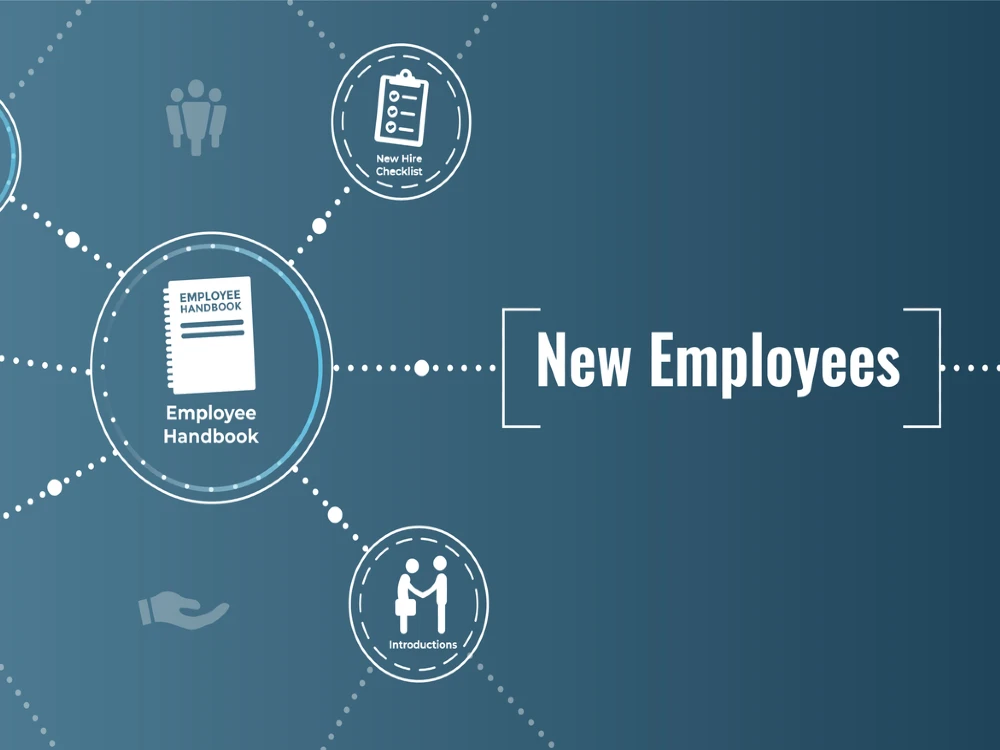
Blended training dramatically shortens the time it takes for new hires to become productive because they arrive at hands-on sessions already grounded in the basics. By completing digital modules beforehand new workers start with a shared foundation of terminology, safety rules, and task steps.
In practice, this shifts in-person time from “teaching the basics” to coaching actual performance, which speeds up skill-building and reduces the number of sessions needed to get workers job-ready.
Fewer Jobsite Mistakes
Digital reinforcement + live coaching creates a one-two punch that improves retention and reduces errors.
An LMS ensures workers review critical details before they touch equipment, and that they get refresher modules at the right intervals. This layered approach reduces common field errors such as skipped steps, incorrect PPE, or improper tool usage. Supervisors also gain visibility into who may need additional coaching, allowing them to correct mistakes before they lead to incidents or rework.
Lower Training Costs
Less in-person time wasted repeating the basics.
More efficient use of supervisors’ and trainers’ schedules.
By moving the knowledge-transfer portion to digital modules, organizations reduce the time trainers spend lecturing and free up more of their day for higher-value, hands-on coaching.
This reduces idle time, travel expenses, and scheduling bottlenecks. Over time, blended training becomes a more predictable, repeatable system that doesn’t drain operational resources.
Better Compliance, Without More Admin Work
Everything is logged automatically.
Supervisors simply confirm hands-on sign-offs, and the LMS handles the rest.
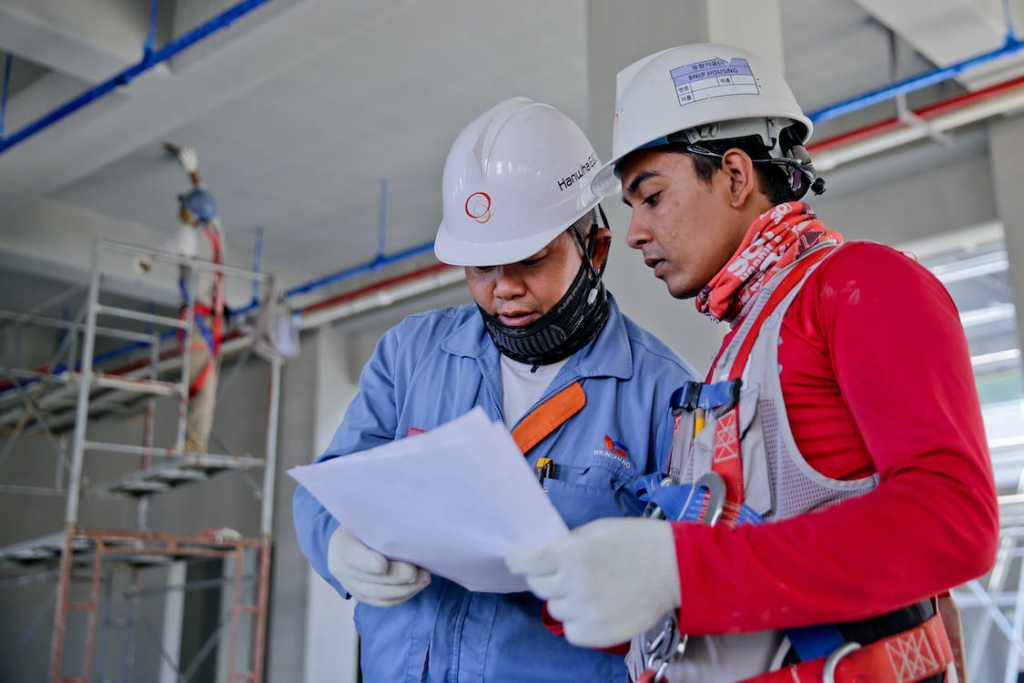
Digital modules, quizzes, hands-on evaluations, and supervisor sign-offs all feed into one centralized record, creating a complete audit trail without relying on paper forms or spreadsheets.
This means safety and compliance managers can instantly see gaps, generate reports for audits, and prove that training was delivered consistently; without adding administrative overhead or chasing trainers for updates
Scalable Across Crews and Locations
Without an LMS, training quality often varies from one crew or site to another; some might get the “long version,” others only get the rushed one, and some miss key steps because of it. A blended approach supported by an LMS solves this by standardizing the digital components (everyone gets the same foundational content) while leaving room for site-specific hands-on coaching.
Best Practices for Rolling Out a Blended Approach
You don’t have to overhaul everything on day one. Most teams start small.
1. Pick one high-impact training topic
Something that commonly causes mistakes:
- Lockout/Tagout
- Equipment startup/shutdown
- Fall protection
- Forklift basics
- Pre-task checklists
Create a short digital prep module and pair it with a live demonstration.
2. Keep digital modules short
Microlearning (5–12 minutes) works best and respects field workers’ time.
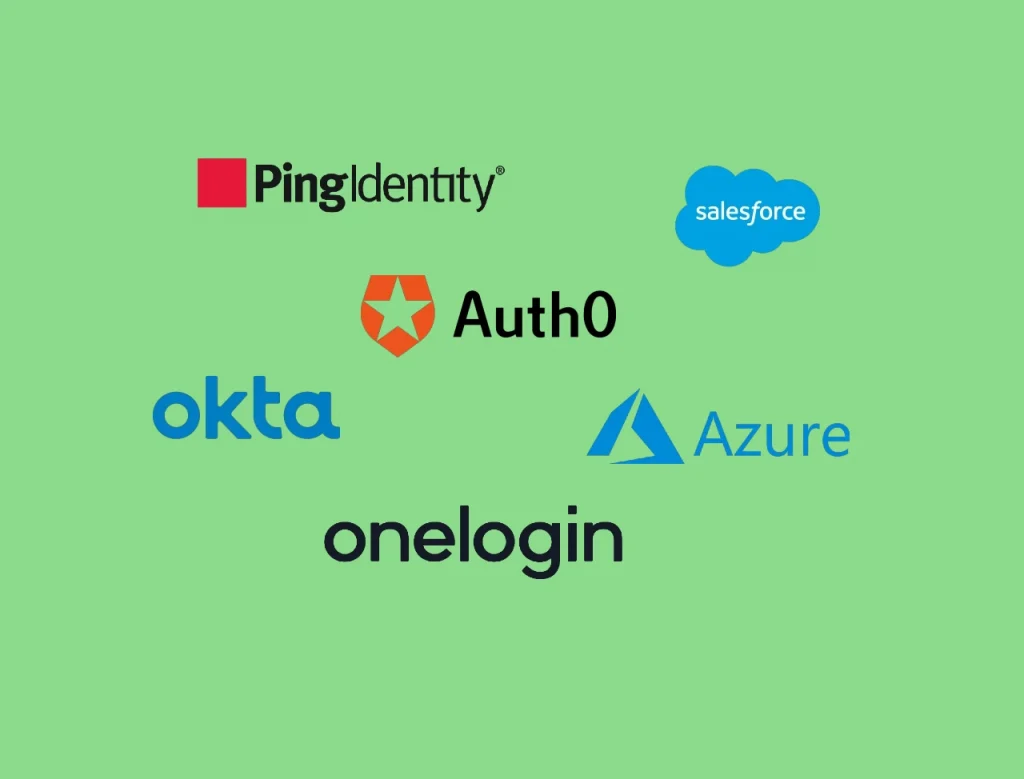
3. Make hands-on sign-offs simple
Use checklists, photos, or observation notes.
The LMS captures it for compliance.
4. Reinforce training, don’t duplicate it
Digital for knowledge.
In-person for execution.
The LMS ties them together.
5. Use data to improve each cycle
Completion rates, quiz scores, and trainer observations will reveal what needs refinement.
You Don’t Have to Choose
A blended model gives you what neither option can offer alone:
- Knowledge that sticks
- Skills that transfer to the field
- Consistency across crews
- Documentation for compliance
- Faster, safer, more efficient operations
- Less strain on your trainers
And using an LMS to orchestrate the blend makes the entire process structured, traceable, and scalable. You get a training program that’s both effective, and predictable.